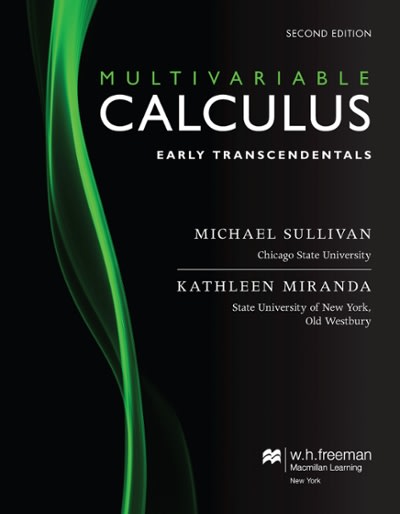Question
The peer review process is the main mechanism through which scientific communities decide whether a research paper should be published in academic journals.5 By having
The peer review process is the main mechanism through which scientific communities
decide whether a research paper should be published in academic journals.5 By
having other scientists evaluate research findings, academic journals hope to maintain
the quality of their published articles. However, some have warned that the peer review
process may yield undesirable consequences. In particular, the process may result
in publication bias wherein research papers with statistically significant results are
more likely to be published. To make matters worse, by being aware of such a bias
in the publication process, researchers may be more likely to report findings that are
statistically significant and ignore others. This is called file drawer bias.
In this exercise, we will explore these potential problems using data on a subset
of experimental studies that were funded by the Time-Sharing Experiments in the
Social Sciences (TESS) program. This program is sponsored by the National Science
Foundation (NSF). The data set necessary for this exercise can be found in the CSV
files filedrawer.csv and published.csv. The filedrawer.csv file contains
information about 221 research projects funded by the TESS program. However, not
all of those projects produced a published article. The published.csv file contains
information about 53 published journal articles based on TESS projects. This data set
records the number of experimental conditions and outcomes and how many of them
are actually reported in the published article. Tables 7.5 and 7.6 present the names and
descriptions of the variables from these data sets.
Question: We next examine whether there exists any difference in the publication rate of
projects with strong versus weak results as well as with strong versus null results.
To do so, first create a variable that takes the value of 1 if a paper was published
and 0 if it was not published. Then, perform two-tailed tests of the difference in
the publication rates for the aforementioned comparisons of groups, using 95%
as the significance level. Briefly comment on your findings.
Variable Description
id study identifier
DV publication status
IV statistical significance of the main findings
max.h H-index (highest among authors)
journal discipline of the journal for published articles
Attached is the dataset
This is to be completed in R
Step by Step Solution
There are 3 Steps involved in it
Step: 1

Get Instant Access to Expert-Tailored Solutions
See step-by-step solutions with expert insights and AI powered tools for academic success
Step: 2

Step: 3

Ace Your Homework with AI
Get the answers you need in no time with our AI-driven, step-by-step assistance
Get Started


